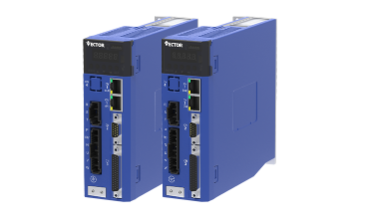Motion controllers are key components in the field of modern industrial automation. They aim at precise control and monitoring of motion. In order to fully understand the performance of motion controllers, let’s delve into their performance metrics and unlock this puzzle that lies at the heart of machine motion.
1. Accuracy and resolution
The precision of the motion controller is the precision with which it controls the motion of the machine. In other words, it tells us how much error there is between the actual position and the desired position when the controller executes the motion instruction. The resolution refers to the minimum amount of displacement that the controller can recognize. High-precision and high-resolution motion controllers are ideal for performing tasks that require high precision and high 粺 degree positioning, such as semiconductor manufacturing or medical devices.
2. Response speed
The response speed of the motion controller is related to the action speed of the machine. It is represented by the fast response ability of the controller to the control signal. In industrial automation, many tasks require machines to respond between twinkling of an eye, such as precise positioning on an automated assembly line. The response speed is directly related to the production efficiency and the real-time performance of the system.
3. Dynamic performance
Dynamic performance includes a series of parameters, such as acceleration, deceleration, maximum speed, etc. These parameters describe the performance of the controller in the process of acceleration, deceleration, start and stop. Excellent dynamic performance ensures smooth operation of the machine in a variety of working conditions, increasing production efficiency.
4. Anti-interference ability
There are various interference sources in the industrial production environment, including electromagnetic interference, vibration and so on. Motion controllers need to have strong anti-interference capabilities to ensure that high-precision control can be maintained in these complex environments.
5. Multi-axis collaborative control capability
As the complexity of industrial machines increases, multi-axis cooperative control becomes critical. A good motion controller should support cooperative work between multiple axes to achieve more complex motion control tasks.
These performance indicators are only the starting point for evaluating motion controllers. When selecting a motion controller suitable for a specific application, these performance indicators need to be balanced according to the specific needs to ensure the stability and reliability of the system. Mastering the performance indicators of motion controllers can better unlock the core of machine motion and improve the efficiency and accuracy of industrial automation. This will also push modern industry towards a higher level of automation.
Post time: Nov-23-2023







